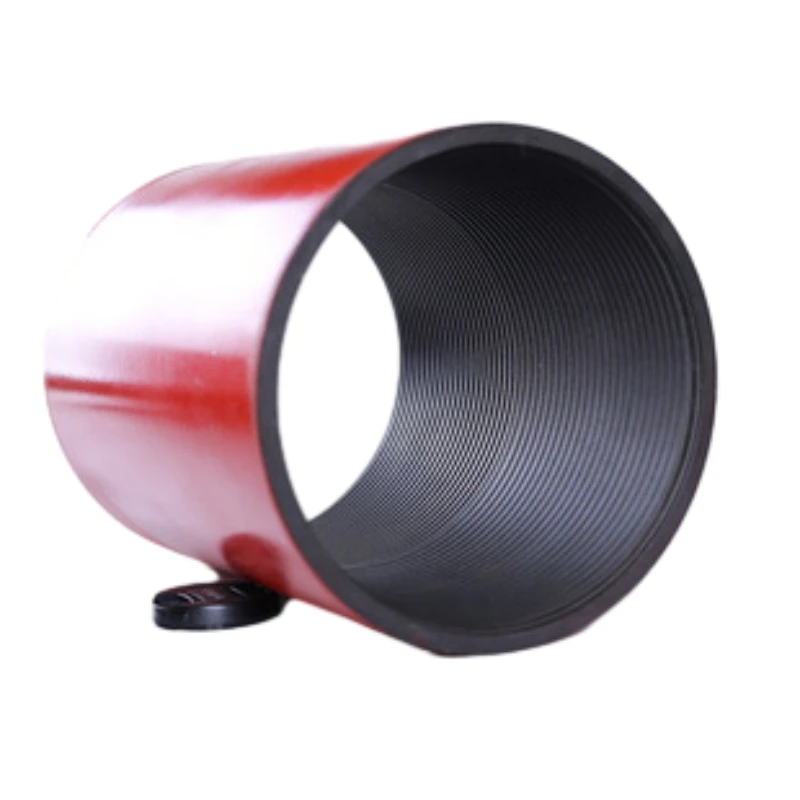- Afrikaans
- Albanian
- Amharic
- Arabic
- Armenian
- Azerbaijani
- Basque
- Belarusian
- Bengali
- Bosnian
- Bulgarian
- Catalan
- Cebuano
- Corsican
- Croatian
- Czech
- Danish
- Dutch
- English
- Esperanto
- Estonian
- Finnish
- French
- Frisian
- Galician
- Georgian
- German
- Greek
- Gujarati
- Haitian Creole
- hausa
- hawaiian
- Hebrew
- Hindi
- Miao
- Hungarian
- Icelandic
- igbo
- Indonesian
- irish
- Italian
- Japanese
- Javanese
- Kannada
- kazakh
- Khmer
- Rwandese
- Korean
- Kurdish
- Kyrgyz
- Lao
- Latin
- Latvian
- Lithuanian
- Luxembourgish
- Macedonian
- Malgashi
- Malay
- Malayalam
- Maltese
- Maori
- Marathi
- Mongolian
- Myanmar
- Nepali
- Norwegian
- Norwegian
- Occitan
- Pashto
- Persian
- Polish
- Portuguese
- Punjabi
- Romanian
- Russian
- Samoan
- Scottish Gaelic
- Serbian
- Sesotho
- Shona
- Sindhi
- Sinhala
- Slovak
- Slovenian
- Somali
- Spanish
- Sundanese
- Swahili
- Swedish
- Tagalog
- Tajik
- Tamil
- Tatar
- Telugu
- Thai
- Turkish
- Turkmen
- Ukrainian
- Urdu
- Uighur
- Uzbek
- Vietnamese
- Welsh
- Bantu
- Yiddish
- Yoruba
- Zulu
tubing crossover
Understanding Tubing Crossovers A Vital Component in Oil and Gas Operations
In the oil and gas industry, efficiency and precision are crucial to successful extraction and production operations. Among the many components that play significant roles in drilling and production processes, tubing crossovers stand out as essential tools that facilitate seamless transitions between different application areas and drilling equipment. This article explores the functions, types, and importance of tubing crossovers, shedding light on their integral role in maximizing operational efficiency.
What are Tubing Crossovers?
Tubing crossovers are specialized connectors that allow for the seamless connection between two distinct types of tubing or equipment in oil and gas operations. Typically used in drilling and production, these crossovers can connect various sizes or types of pipes, facilitating the flow of fluids and gases between different parts of an operational system. Whether transitioning between drilling rig equipment and production tubing or connecting pipelines of different diameters, tubing crossovers are indispensable.
Types of Tubing Crossovers
There are several types of tubing crossovers, each designed for specific applications and requirements. Some of the most common types include
1. Standard Crossovers These are used for converting one type of tubing or pipe to another, allowing for flexibility in operations. Standard crossovers often feature a threaded design for easy assembly and disassembly.
2. Locking Crossovers Designed for high-pressure applications, locking crossovers provide enhanced stability and are often used when secure connections are critical to prevent leaks.
3. Specialty Crossovers These are tailor-made for unique applications, such as those involving corrosive environments or extreme temperatures. Specialty crossovers may use advanced materials to ensure functionality and durability.
tubing crossover

4. Swivel Crossovers This type allows for the rotation of the attached pipes without twisting them, which is crucial in dynamic drilling conditions. Swivel crossovers mitigate stress and reduce wear, enhancing the lifespan of the equipment.
Importance of Tubing Crossovers
The significance of tubing crossovers in oil and gas operations cannot be overstated. Here are a few key reasons why they are vital
1. Operational Efficiency By facilitating the connection of different types of piping and equipment, tubing crossovers enhance the overall efficiency of drilling and production processes. They minimize downtime, ensuring continuous operation and productivity.
2. Safety Well-designed crossovers minimize the risk of leaks and failures, which can pose safety hazards. Ensuring secure and reliable connections helps maintain a safe working environment for personnel and protects the surrounding environment from potential spills and accidents.
3. Cost-Effectiveness By enabling the use of various piping systems without requiring complete replacements, tubing crossovers can significantly reduce costs. This adaptability allows companies to optimize their existing resources rather than investing in new equipment.
4. Customization and Versatility Given the vast array of applications in the oil and gas industry, tubing crossovers can be customized for unique operational needs. This versatility ensures that different operational challenges can be met effectively.
Conclusion
In conclusion, tubing crossovers are a critical component in the oil and gas sector, providing the necessary flexibility and connection between various types of piping and equipment. Their ability to enhance operational efficiency, ensure safety, and offer cost-effective solutions makes them indispensable for successful drilling and production operations. As technology continues to evolve, the design and functionality of tubing crossovers will likely advance, further improving their effectiveness in meeting the dynamic needs of the oil and gas industry. Understanding and utilizing these tools can lead to significant improvements in operational success and efficiency, making them a focal point for companies looking to optimize their performance in the field.
-
Well Casing Extension Couplings – Applications and InstallationNewsJun.06,2025
-
Types of Crossover Subs in Drilling & CompletionNewsJun.06,2025
-
Key Features of High-Quality Tubing Pup JointsNewsJun.06,2025
-
Installation and Maintenance Tips for Steel Couplings for PipeNewsJun.06,2025
-
How to Select the Right Pup Joint for Oil & Gas OperationsNewsJun.06,2025
-
Applications of Stainless Steel Pipe CouplingsNewsJun.06,2025







